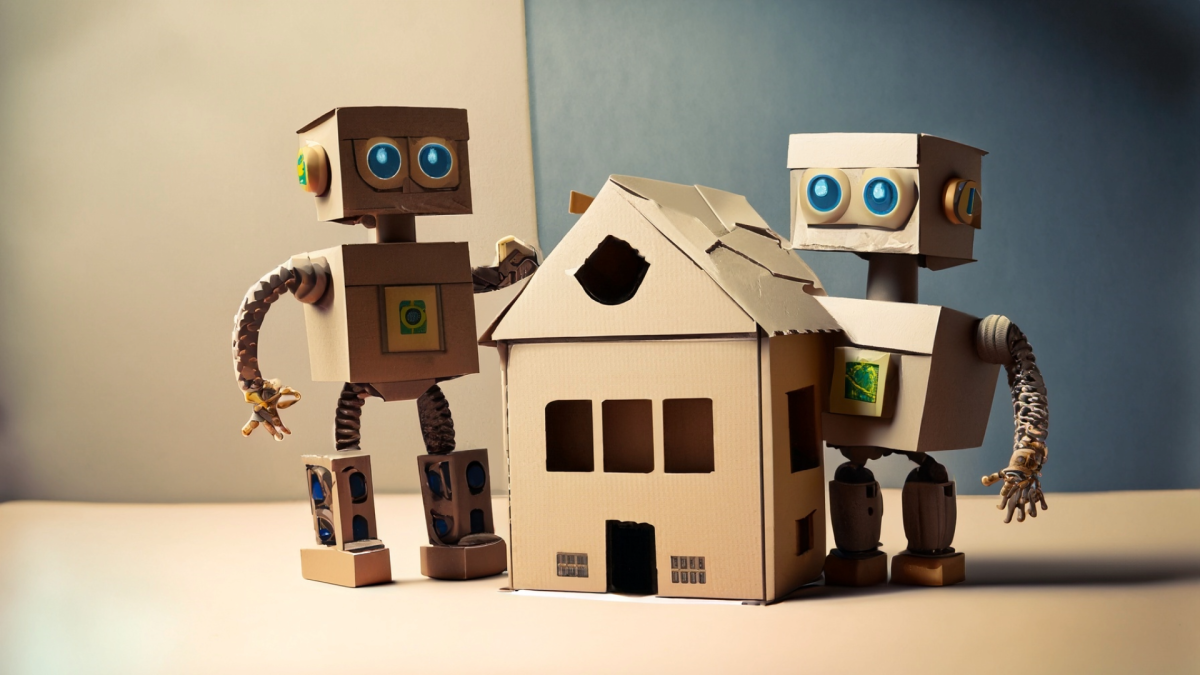
Students will design and construct a prototype of a tiny house on wheels. They will use graph paper to draw out their ideal tiny house on wheels, ensuring the sizing of the rooms and ceilings are
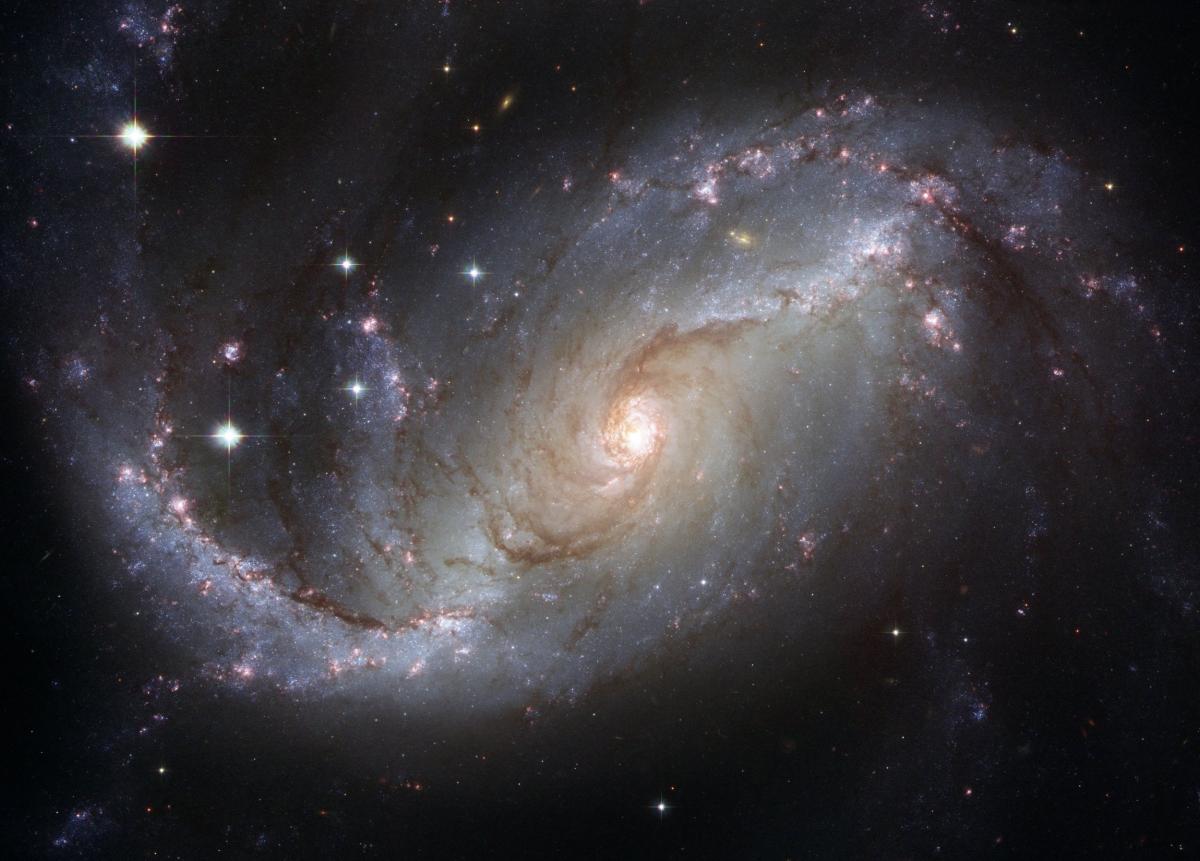
Students will build landing gear to successfully land a rover on Mars.
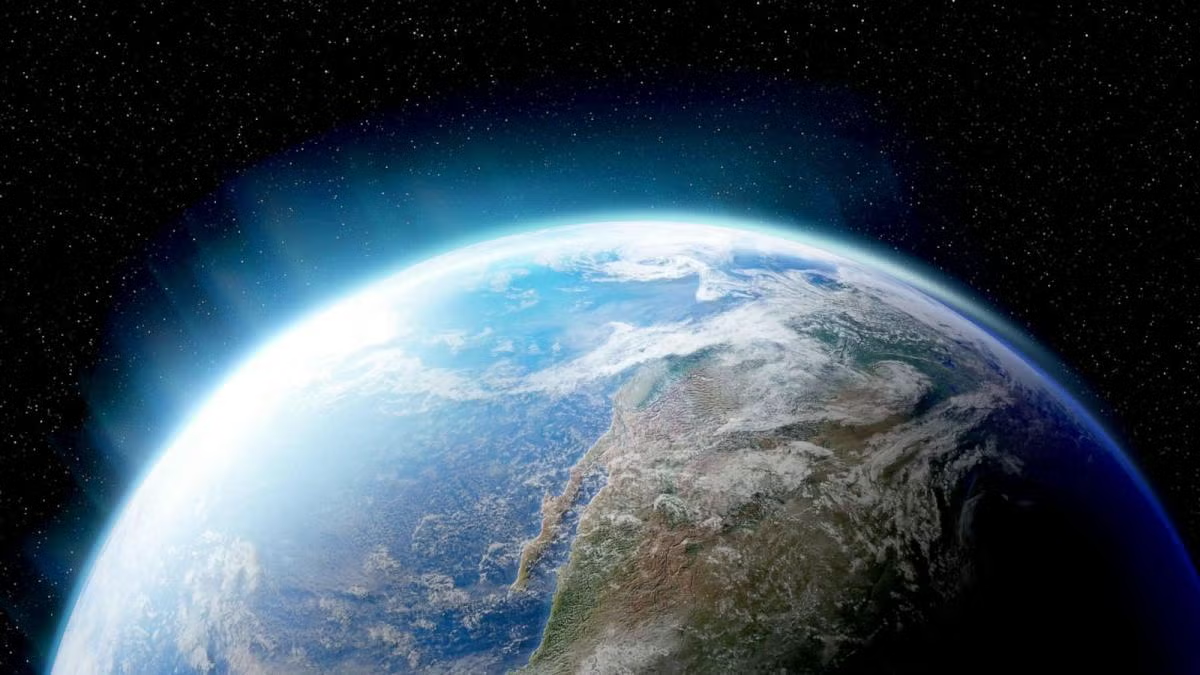
Students use an interactive map and ArcGIS software to analyze the impacts of climate change on global populations.

This lesson walks students through the movement of air in the atmosphere and the energy that drives it. It contains a PowerPoint, activity, worksheet and assessment.
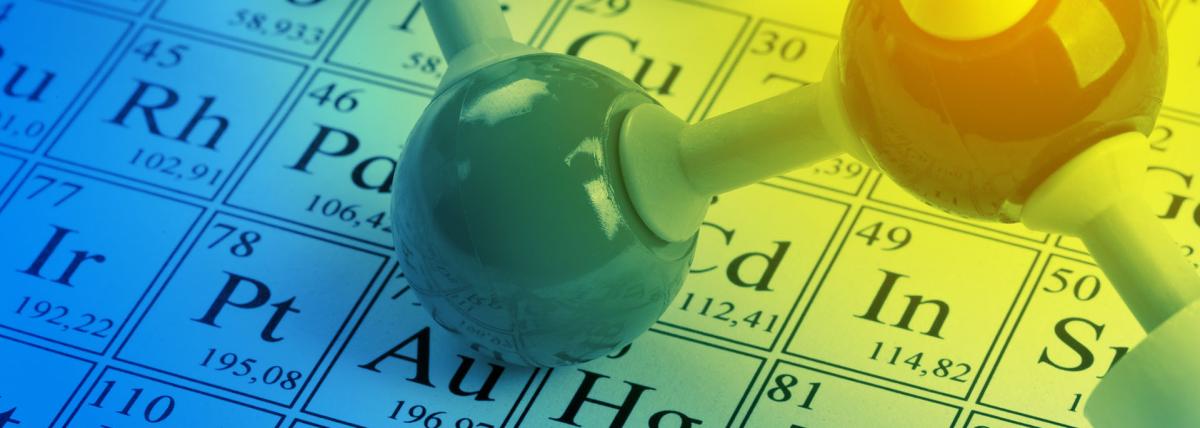
Lesson explores compounds, mixtures and solutions, defining each and what distinguishes them from each other. Students complete a lab as an introduction, use a PowerPoint to refine their knowledge and
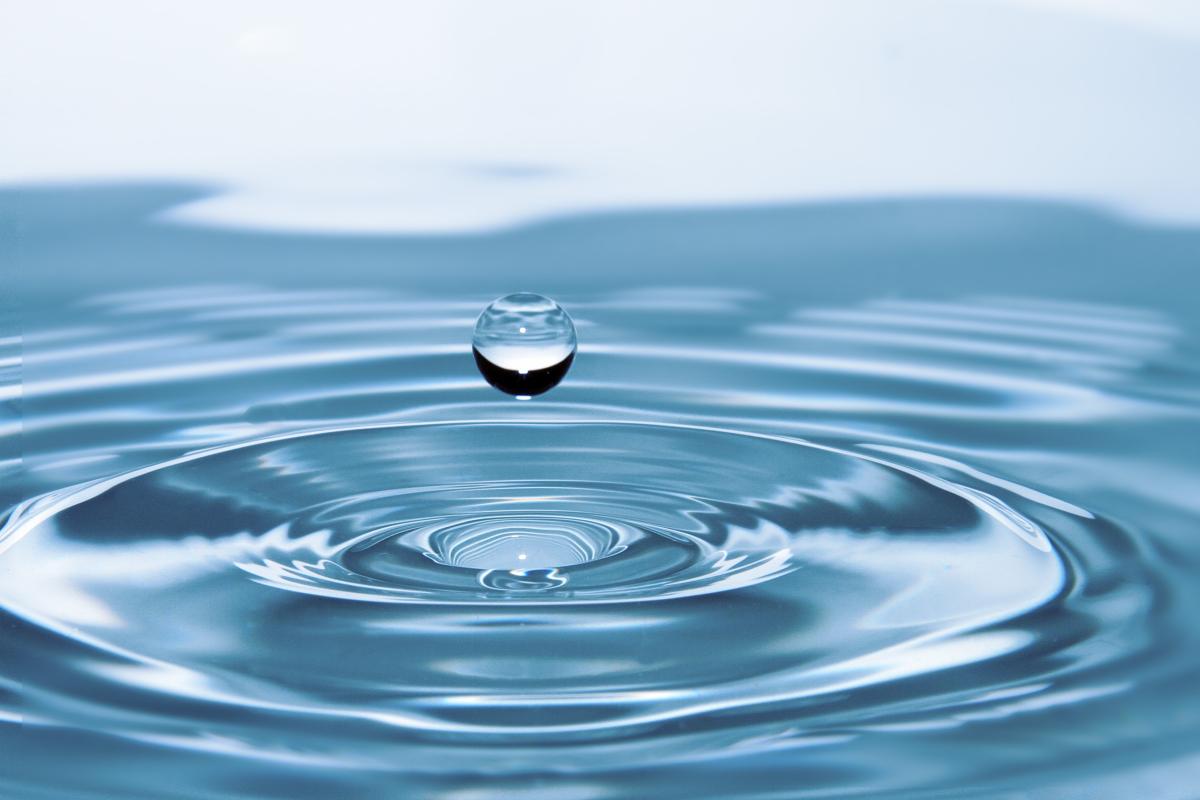
Splash of Science
Students measure the temperature of water as it cools to learn about heat transfer and thermal properties while using line of best fit, linear regressions and/or quadratic regressions.

The objective of this lesson is for students to use the design process to design their own solar dehydrator. When students are designing their own solar dehydrator, there are several key aspects they
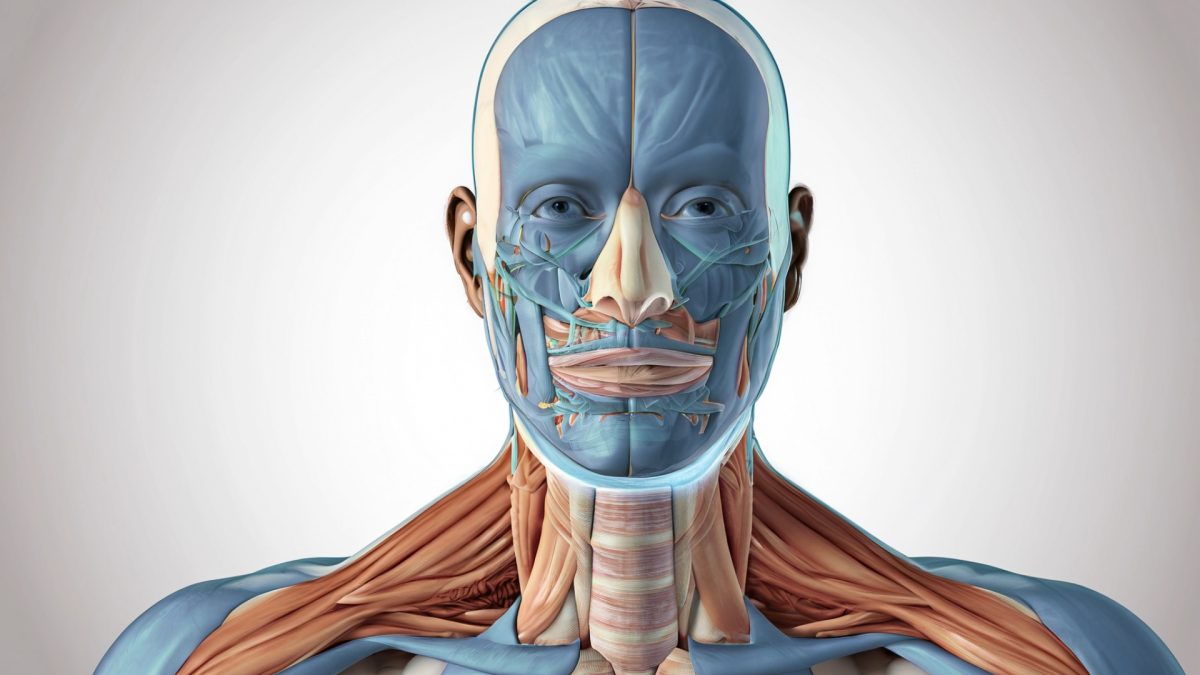
Description: In this engaging lesson, students dive into the fascinating world of bone anatomy by creating styrofoam models of bones and simulating fractures. Through hands-on activities, students use

Using the Engineering Design Process, students will design and create a marble maze out of cardboard and cardstock, making sure to include all the required elements. They will then create an air
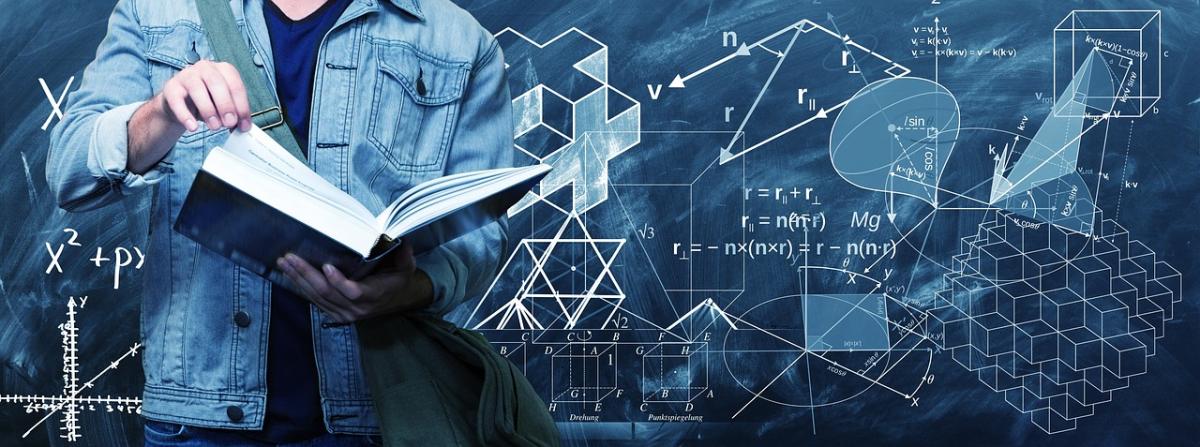
This is a lesson about finding the volume of cubes and students will build a final project out of cubes and calculate the total volume.

ArtBot is an innovative educational tool designed to introduce students to the fascinating world of electric and magnetic interactions through the medium of art. This unique robot is equipped with

Students will continue their investigation into school waste by exploring the area provided for a composting. Students will measure to find the volume of the three compost spaces. They will then

This is part 2 of a two-part series focused on the effects of grafting tomato plants to potato root stock in order to create "pomato" plants. This lesson is written for junior high students but can be
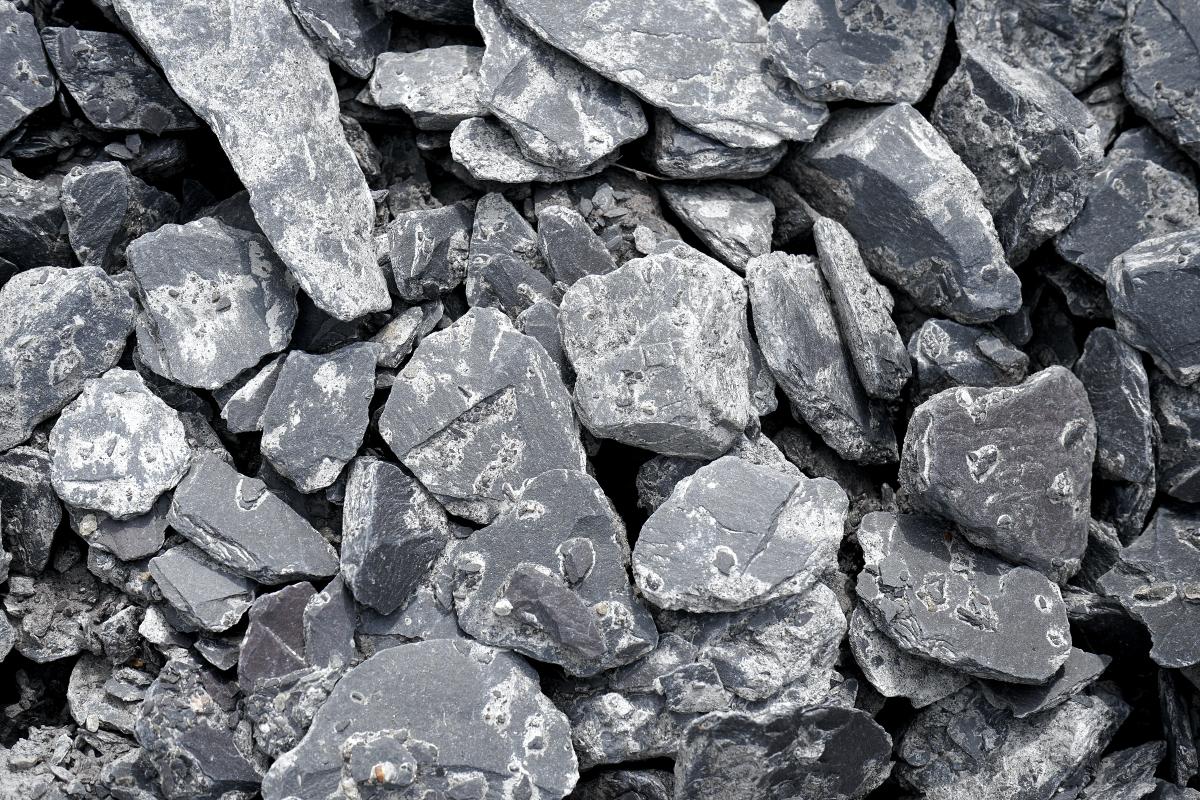
This lesson combines math, science and art in a sparkling and engaging activity. Student will learn about rock classifications and draw an example using geometry. Students will gain an understanding

This lesson is intended to be the second lesson within a series. After the first lesson, exploring the transfer of power within a system, Students utilize this lesson, lesson 2, to explain how and

The goal of this engaging science lesson is to deepen students' understanding of magnets, electromagnetic forces, and their practical applications in real-world technology. Aligned with the 7.P2U1.1
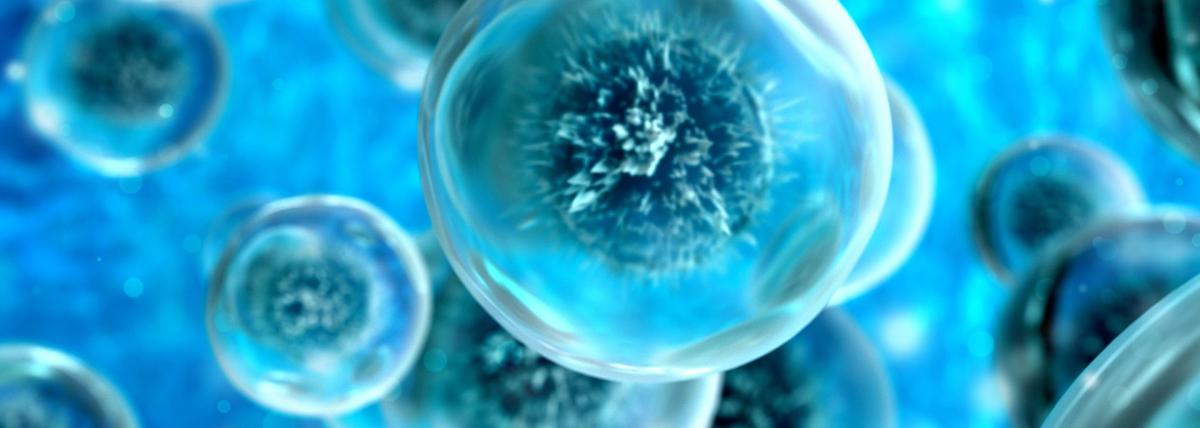
This project will be an opportunity for students to demonstrate their understanding of cell structures and functions in a creative, collaborative way that will require critical thinking. Students will

This is a multi-day engineering design project. I use this for 2 weeks, a total of ten 50-minute periods. Students will research and design a dog house, creating a 3D model in a web-based computer

Students will learn about the light sensor on the Circuit Playground Express and how it can be used as an automatic switch to turn a device on or off. They will learn about the thermometer sensor on

Students will learn and recall about the different parts and components of an Adafruit Circuit Playground Express. Students will be able to program an Adafruit Circuit Playground Express

Students will use the Sphero bots to collect and graph data to make a prediction.

Students will be using simple equipment to demonstrate the 3 laws of motion. They will be incorporating technology, math, and the scientific method to demonstrate what they know.
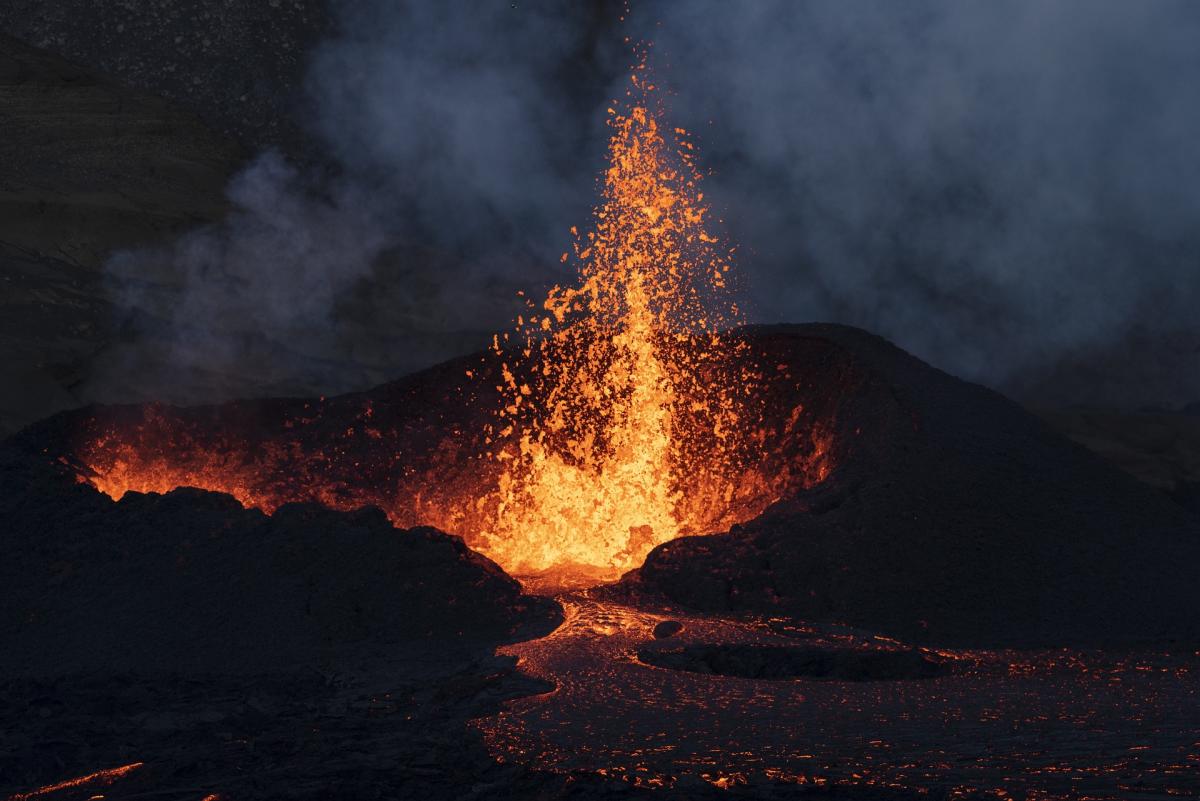
Volcanoes: Studying Viscosity of Lava & Magma and how it relates to The San Francisco Volcanic Field
This lesson allows students to explore why volcanoes are shaped differently and why they erupt differently. Students will investigate viscosity, silica content of igneous rock samples, and perform

Students will explore how gravity plays a role in orbits and the attraction between objects in space, using online simulations. In addition to the online simulations this lesson contains ideas for


